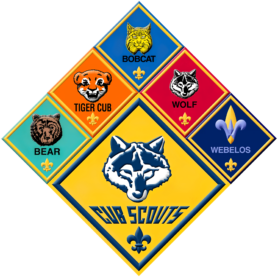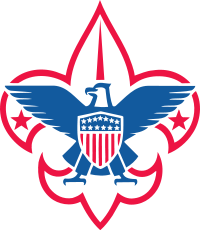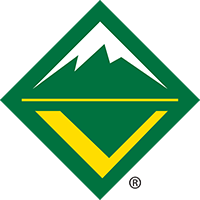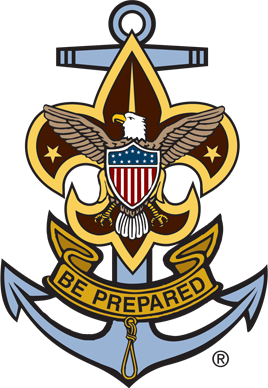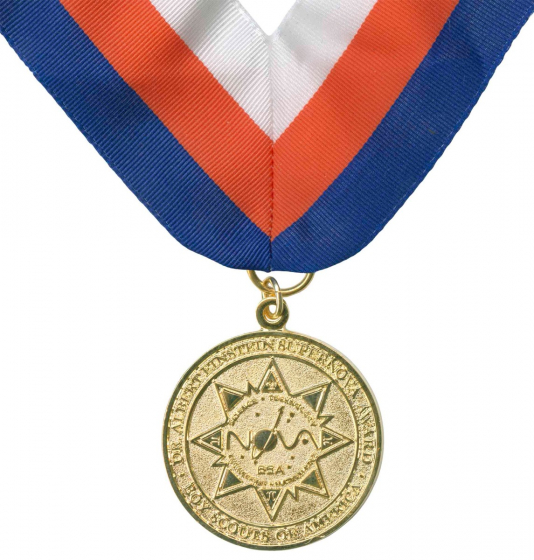Welcome to Scoutmaster Bucky's Nova Lab!
In 2012, Scouting introduced the Nova and Supernova awards to encourage learning in STEM (Science, Technology, Engineering, and Mathematics) fields. These awards are available to Cub Scouts, Scouts BSA, Venturers, and Sea Scouts. The Nova awards are earned by completing a series of requirements, and the Supernova awards are earned by completing additional requirements.
STEM topics have been a part of Scouting since the earliest times. Youth were encouraged to observe the world around them, analyze problems, experiment, and come up with solutions and new information. This applies to topics ranging from programming (technology) to model design and building (engineering). It even helps us understand the typical "Scouting skills" such as campfires (the science of chemistry) and knots (mathematics and knot theory).
These four subject of Science, Technology, Engineering, and Mathematics tie into our life every day.
- The food that you are eating has been tested for nutrient value and often balanced to ensure a healthy diet.
- Automobiles are fine tuned for maximizing performance while minimizing fuel costs and environmental damage.
- Video games have physics engines to make them more realistic with regard to objects, lighting, and the environment.
- Better farming techniques are researched in order to produce more yield, including in the cotton industry for your clothes.
- Even the paper you use has been researched and new formulas have been found in order to have it last longer or work better.
Nova Awards
Nova awards are where you should start. They are smaller experiments and engage youth in learning experiences in the STEM fields. The Nova awards are broken down by program level. These are recognized with a program-specific patch or device (a pin for the patch). These are often easier and are designed so that they could be completed in short order.
Earning a Nova award, at a very high level, involves study, experiments, and discussion. The amount of engagement is scaled to match the youth's program level. Cub Scouts need to complete an hour of study whereas others need three hours. There will also be a STEM-related adventure, merit badge, or exploration. The youth will also need to create visual aids, such as drawings, charts, posters, or presentations. The youth will also need to perform some investigation in the chosen STEM field and discuss their findings with a Nova counselor.
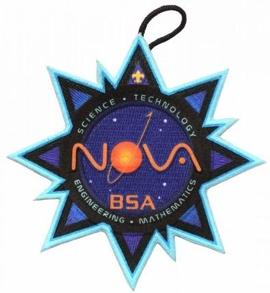
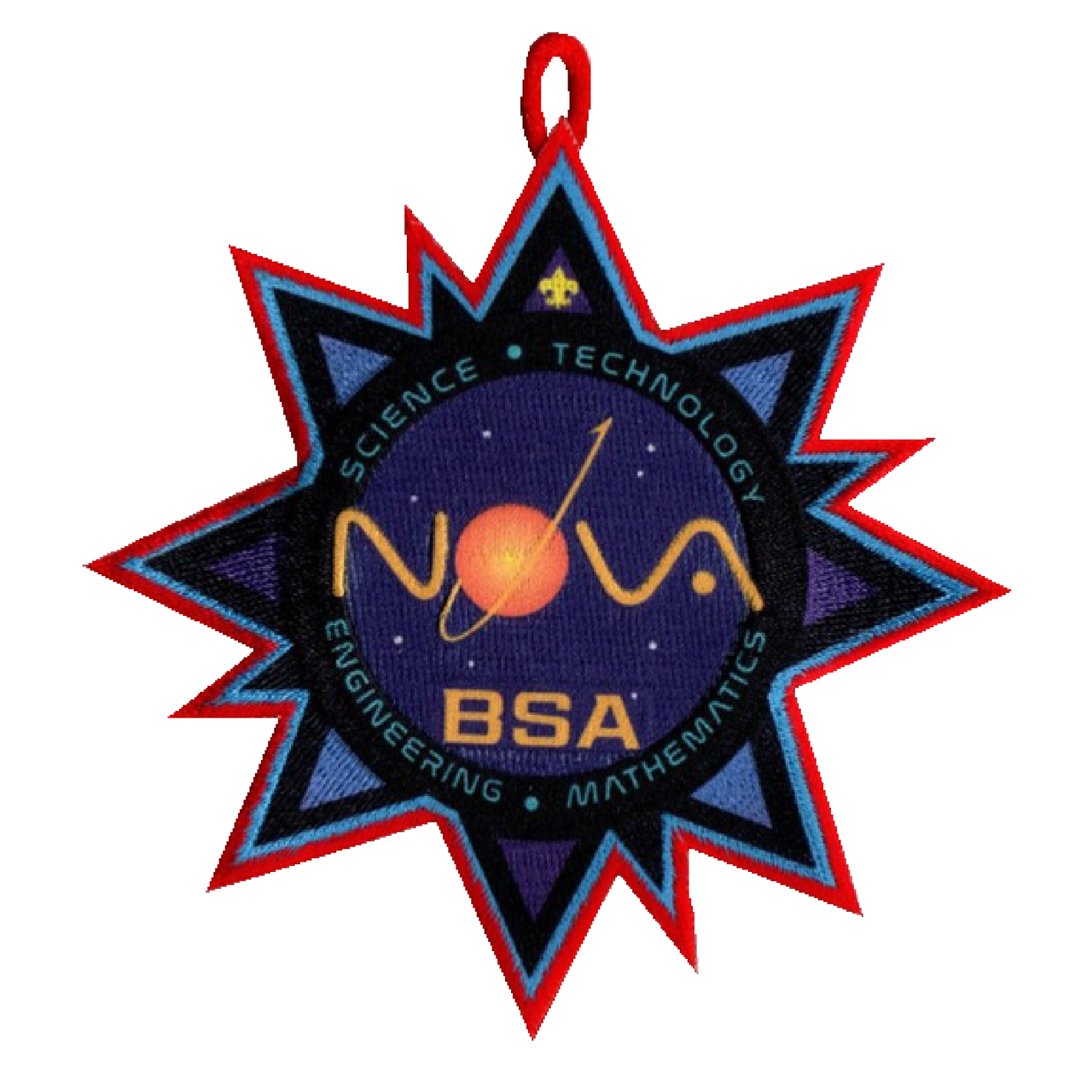

Supernova Awards
After earning some Nova awards, the next step is to work on a Supernova Award. The Supernova starts with learning about topics through experiments in Cub Scouts, completing merit badges in Scouts BSA, or working through STEM explorations as a Sea Scout or Venturer. After that, one learns more by engaging in in activity topics.
When achieving a Supernova Award, the recipient is given a medal instead of a patch or a pin. The first award earned must be a bronze, which is roughly the same amount of work as an additional Nova award. After that, you can achieve the silver, which then unlocks the gold award.
These medals are rarely seen, which makes them extremely interesting. They may be worn during formal events, such as at Blue and Gold ceremonies, Courts of Honor, and bridging from a pack to a troop.


